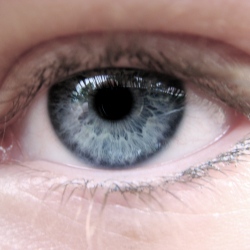
The eyes of Texas are upon you—if you happen to be a student from San Antonio that is. John Jay High School and Anson Jones Middle School in the Northside Independent School District are requiring students wear RFID badges to more efficiently track attendance, and the decision has some students and parents in a tizzy.
Tag teens like cattle will you? We’ll be having none of that, thank you.
RFID tracking of humans has touched a nerve because it’s part of a larger, perfectly reasonable debate. The line between private and public information is blurring, and the ability, if not yet the full execution, to track our every move is already in place.
The question, rightfully, on many a mind is, “How will we control this power?”
Radio Frequency Identification (RFID) devices date back to WWII and have been increasingly used commercially since the seventies. The technology is perhaps most successful when streamlining the supply chain. Other largely non-controversial uses include tracking livestock and library books or automatically paying tolls and public transportation fares—even tracking chips in casinos.
RFID tracking of things has long shown its value. But is RFID tracking of humans tantamount to Big Brother? Maybe. But not yet, and certainly not in the case of these Texas schools. If RFID badges for students are a gross violation of privacy, then said violations have been occurring as long as we’ve had schools.
Today, most teachers still call roll verbally. If a student doesn’t answer, the teacher knows they aren’t in class. With RFID badges, school officials come to possess the same information, only more efficiently.
The badges contain no sensitive personal data—each student is represented by a random serial number. Further, the badges only work on campus because that’s where the RFID readers are. They are non-invasive and can be easily removed. It’s a little ironic the Facebook generation is protesting—students already reveal exponentially more about themselves on social media websites. And if they wait but five or ten years many will find themselves using RFID badges to access their workplace.
Although this iteration of RFID student badges may be mostly innocent, it might also be somewhat ineffective.
